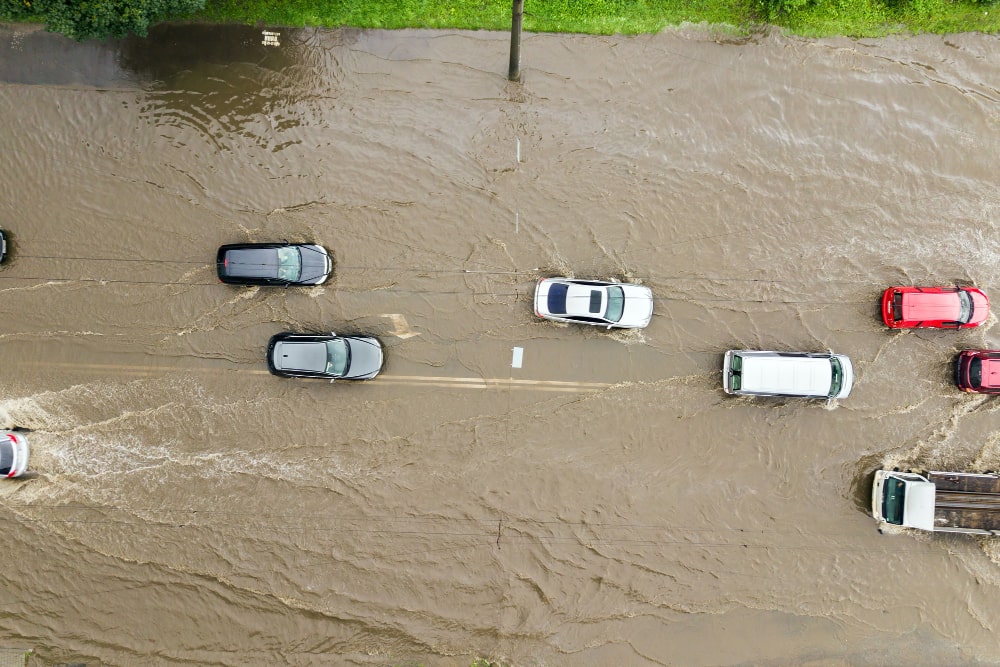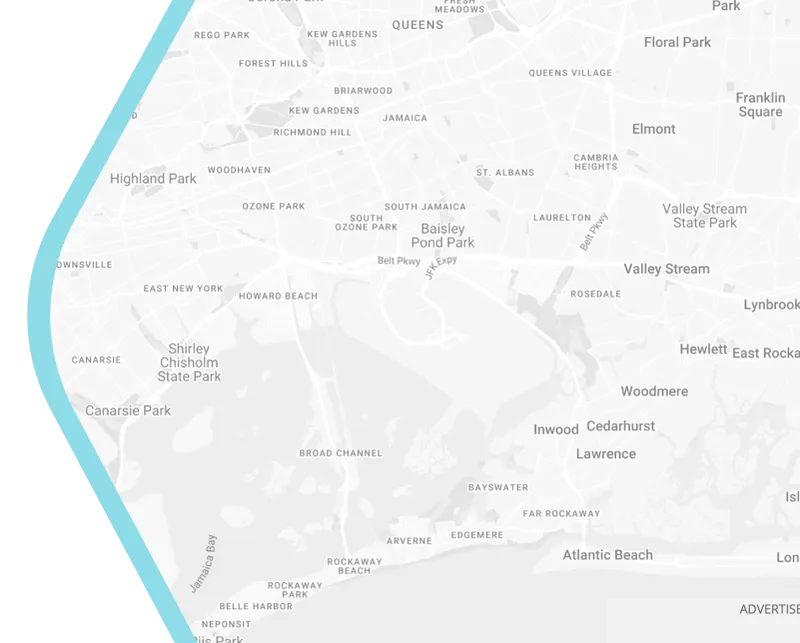
Smart City Strategies for Climate Resilience: Building Flood-Proof Australian Cities
As extreme weather batters Australia, smart city strategies are no longer optional—they’re survival tools. In 2022 alone, floods in Queensland and NSW caused $7.7 billion in damages, exposing vulnerabilities in aging infrastructure. For urban planners and developers, the challenge is clear: How do we future-proof cities while balancing growth, equity, and cutting-edge smart city solutions?
The Australian Imperative: Why Smart City Strategies Matter
Australia’s unique climate—punctuated by La Niña cycles, tropical cyclones, and coastal erosion—demands smart city Australia approaches tailored to local risks. Traditional infrastructure is buckling under pressure:
- 40% of Australians live in flood-prone areas (Geoscience Australia).
- 80% of the population resides in cities, amplifying urban vulnerability (ABS).
Smart city solutions bridge this gap by merging nature-based design with digital innovation. Take Brisbane’s Flood Resilient RiverCity Strategy, which combines restored wetlands with IoT sensors to monitor river levels in real-time—a model smart city ecosystem in action.
Core Smart City Strategies for Flood Resilience
a) Nature-Based Smart City Solutions: Learning from the Dutch, Adapting Down Under
While the Netherlands pioneered floating neighborhoods, Australian cities are tailoring these ideas:
- Brisbane’s Green Corridors: Transforming concrete canals into wetlands that absorb floodwaters while boosting biodiversity.
- Melbourne’s Rain Gardens: Decentralized gardens in suburbs like Fitzroy filter stormwater and reduce drainage loads.
Keyword Integration: These smart city strategies prove sustainability and safety aren’t mutually exclusive.
b) IoT-Driven Infrastructure Management: Predicting Floods Before They Strike
Real-time data is the backbone of smart city infrastructure management:
- Case Study: Melbourne’s Smart Water Network uses 2,500+ IoT sensors to detect blockages and predict overflow hotspots.
- Regional Innovation: Townsville’s AI-powered drainage system reduced flood cleanup costs by 30% post-2023 monsoons.
Pro Tip: Partner with tech providers like Inmarsat for satellite-based flood monitoring in remote areas.
c) AI and Data Analytics: The Brain of the Smart City Ecosystem
CSIRO’s WaterSmart Australia project exemplifies AI’s potential:
- Predictive Modeling: Simulating flood impacts on Sydney’s Parramatta River under 2030 climate scenarios.
- Citizen Safety: NSW’s FloodRisk AI app provides hyperlocal evacuation routes during emergencies.
Building Australia’s Smart City Ecosystem: Collaboration is Key
A smart city ecosystem thrives on partnerships:
- Gold Coast’s Dashboard: Integrates data from councils, utilities, and citizen apps like FloodEye for unified flood responses.
- Adelaide’s Net-Zero Precincts: Tech firms like Tesla and local universities co-design solar-powered drainage systems.
Keyword Focus: Such collaborations turn isolated smart city solutions into scalable frameworks.
Policy & Funding: Scaling Smart City Australia Initiatives
Federal and state programs are accelerating adoption:
- Disaster Ready Fund: $200 million for projects like Lismore’s elevated housing rebuild.
- Smart Cities and Suburbs Program: Funded 62 IoT projects in regional areas since 2022.
Tip for Planners: NSW’s Resilient Building Codes offer fast-track approvals for projects using flood-resistant materials.
Case Study: Brisbane’s Smart City Ecosystem in Action
After the 2022 floods, Brisbane launched a three-pillar strategy:
- Tech: Deployed 500 IoT sensors across creeks and drainage pipes.
- Nature: Restored 45 hectares of wetlands to absorb 12 million liters of floodwater.
- Community: Trained 3,000+ residents to use the FloodEye reporting app.
Results:
- 40% reduction in flood damage costs during 2023 extreme rains.
- 20% faster emergency response times via real-time data sharing.
Quote: “Resilience isn’t just engineering—it’s empowering communities with smart city tools.” – Brisbane City Council.
Challenges in Australian Smart City Infrastructure Management
Even advanced smart city strategies face hurdles:
- Data Silos: Sydney’s drainage network uses 3 separate IoT platforms, slowing decision-making.
- Funding Gaps: Wollongong’s council covers 60% of stormwater upgrades, straining budgets.
Solutions:
- Adopt open-data platforms like Geoscience Australia’s national flood map.
- Lobby for cross-state grants via the Council of Australian Governments (COAG).
The Road Ahead: 3 Actionable Strategies for Planners
- Audit & Prioritize: Use Geoscience Australia’s flood maps to identify high-risk zones.
- Partner Proactively: Collaborate with universities (e.g., UQ’s Climate Resilience Program) for R&D.
- Design for Equity: Ensure smart city ecosystems serve regional towns like Wagga Wagga as effectively as Sydney.
Conclusion: From Reaction to Resilience
Australia’s flood future is uncertain, but smart city strategies offer a clear path forward. By weaving IoT, AI, and community wisdom into the urban fabric, planners can transform cities from victims of climate chaos to pioneers of resilience.
